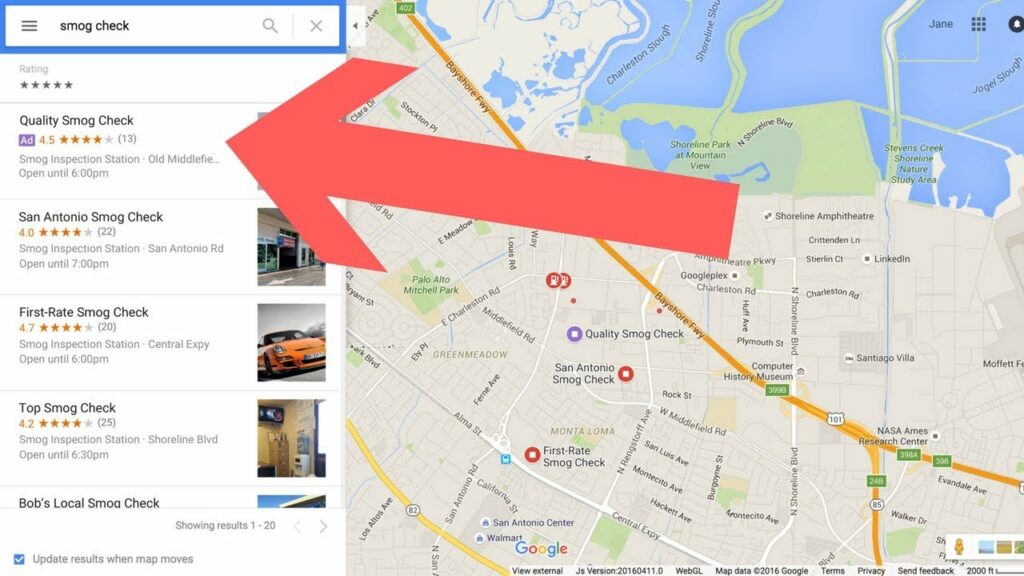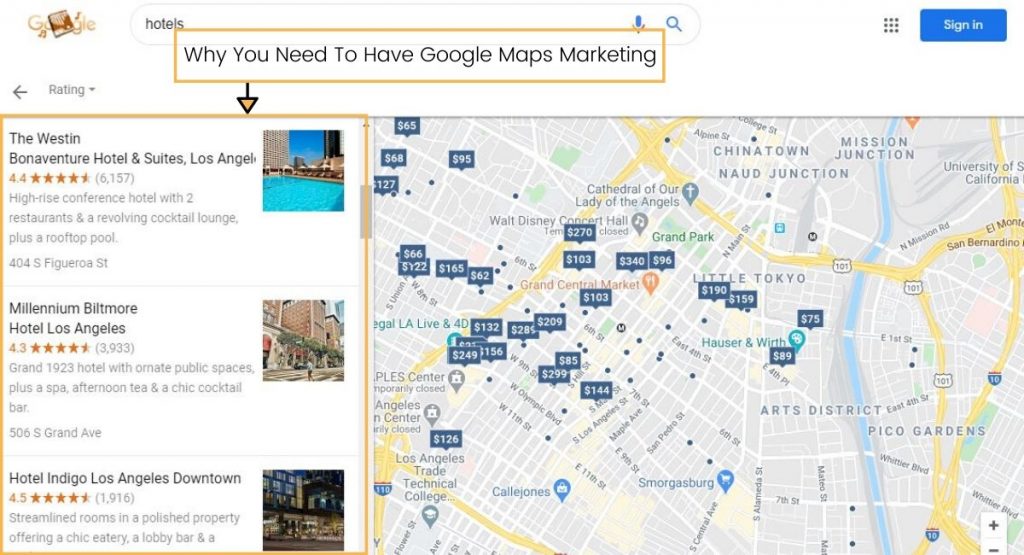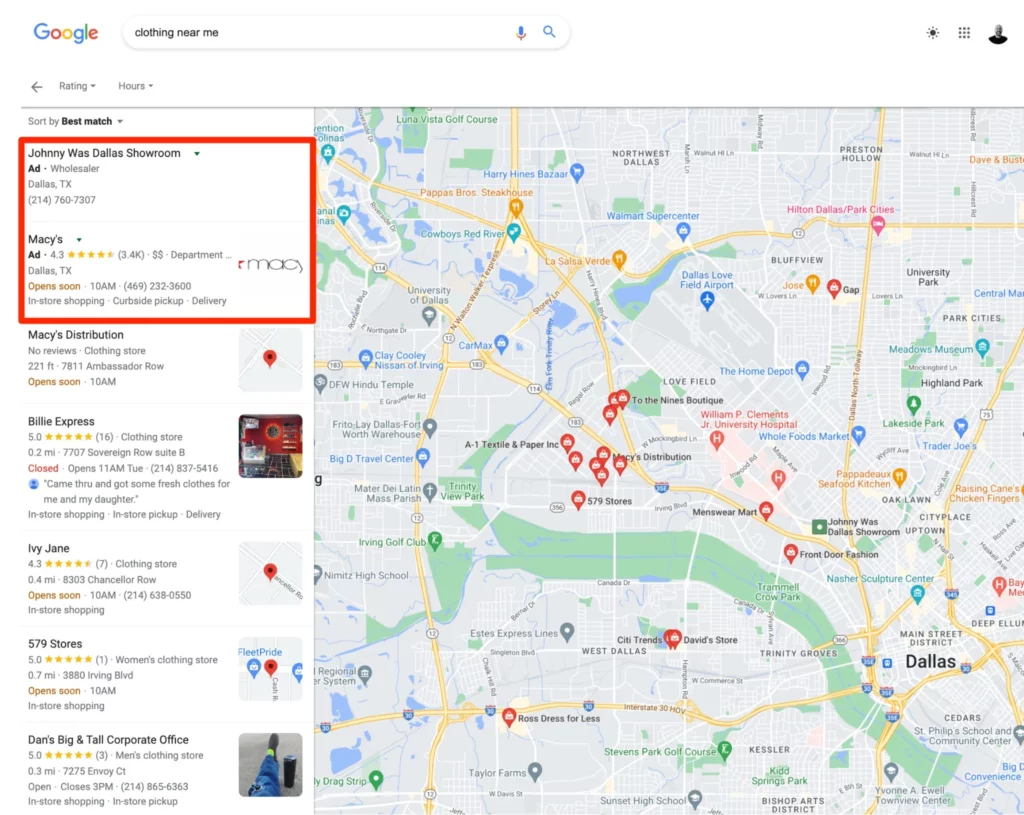How to get ads on Google Maps

How to get ads on Google Maps has become a hot topic for many business owners, especially those aiming to boost brand visibility and reach customers in their local area. With how to get ads on Google Maps, you not only make your store stand out on Google’s digital map but also optimize ad spend by targeting the right audience with real purchase intent. In this guide from Rentads, I’ll walk you through every step — from preparing your Google Business Profile, setting up Google Ads, to measuring performance effectively.
Why Should Businesses Advertise on Google Maps?

Traditional advertising might help you reach thousands of people, but in the mobile-first era, the key lies in reaching the right person, at the right time, and at the right place. Google Maps is no longer just a navigation app; it has evolved into a powerful commercial search platform. For local businesses, ignoring this channel is equivalent to giving away your competitive edge. Below are the core reasons why Google Maps should be a top priority in your marketing strategy.
Boosting Brand Visibility
It’s undeniable that Google Maps is the world’s most popular local search tool. Millions of users open the app daily, not just to navigate but also to explore dining, shopping, and service options nearby. By running ads on this platform, your business won’t get buried in endless organic search results. Instead, it appears prominently with a unique icon, placed at the top of local search results and directly on the map.
This visibility does more than just increase impressions; it builds instant trust and brand recognition within your local community and among tourists. Standing out on the map is the first and most crucial step in turning a searcher into a paying customer.
Attracting High-Intent Customers
The biggest advantage of Google Maps advertising is how clear the user intent is. People searching here often have immediate purchasing needs, typing queries with high commercial intent like “coffee shop near me”, “motorbike repair nearby”, or “best spa in District 3.” These searches show urgent demand and strong conversion potential.
Google Maps Ads allow you to meet these customers right at the decision-making moment. Instead of broadcasting to a mass audience and hoping for results, you’re placing your message in front of the people who need it most. This highly focused marketing ensures every ad impression matters, bringing in quality traffic that can easily translate into actual sales.
Optimizing Ad Spend
Many businesses hesitate to advertise due to budget concerns. However, Google Maps Ads provide a surprisingly cost-effective solution. Unlike display or search ads that may reach users with no immediate need, Google Maps Ads are geographically concentrated. You can target a specific radius (e.g., 5km or 10km) around your store, ensuring your budget is only spent on users who are truly within reach.
This local focus saves significant costs while delivering higher conversion rates. Plus, you only pay when users interact with the ad — such as tapping for directions or making a call — meaning your budget is invested in actions that bring real business value.
Driving Direct Customer Actions
The ultimate goal of advertising is to drive action, and Google Maps excels at this. The platform integrates action-oriented buttons (Call-to-Action) directly into ads, dramatically shortening the path from awareness to transaction. Customers can tap to call your store instantly, get directions and visit, or click through to your website to view menus or services — all with a single touch.
These seamless interactions remove unnecessary steps that often cause drop-offs. By offering easy, direct, and immediate options for purchase-related actions, Google Maps Ads don’t just generate views; they actively convert attention into tangible sales for your local business.
Steps to Prepare Before Running Google Maps Ads
To launch a successful Google Maps advertising campaign, you need to build a solid foundation first. This preparation ensures your ads run smoothly and guarantees that your business appears accurately and professionally in front of potential customers. Below are the essential steps you shouldn’t skip.
Create and Verify Your Google Business Profile
The first step is to set up your business profile on Google Business Profile – this is the “gateway” that allows your business to appear on Google Maps.
- Go to the Google Business Profile page.
- Fill in all necessary details: business name, address, phone number, and website if available.
- Once completed, verify your business using the code Google sends via mail, phone, or email. This process confirms that your business truly exists and that the information provided is accurate.
Verification is not only a mandatory requirement but also the foundation for delivering your ads to the right local audience.
Optimize Your Business Information
After successful verification, the next step is optimizing your business profile. This is crucial to make your ads stand out and leave a good impression on customers.
- Ensure NAP (Name, Address, Phone) consistency across all platforms.
- Upload high-quality photos of products, services, and your store environment to build trust.
- Update accurate opening hours, available services, and additional details such as free Wi-Fi, parking space, or accepted payment methods.
An optimized profile not only increases your visibility but also attracts more potential customers through Google Maps ads.
Connect Google Business Profile with Google Ads
To run ads, you need to link your business profile with your Google Ads account. The steps are simple:
- Sign in to Google Ads and navigate to Linked business settings.
- Select and connect your Google Business Profile.
- Allow Google to display your business location directly in the ad.
This connection lets you create ads that show directly on the map with address and directions, which increases the chances of customers visiting your store.
Define Your Advertising Goals
Before spending money on ads, businesses should clearly define their objectives to maximize budget efficiency and strategy. Common goals include:
- Increasing in-store visits.
- Driving more customer calls.
- Boosting brand awareness in the local area.
Once your goals are set, it’s easier to choose the right ad format and measure results more effectively.
How to Get Ads on Google Maps: A Step-by-Step Guide

To make your ads appear on Google Maps and reach the right audience, setting up a campaign in Google Ads is the most crucial step. This process not only involves technical settings but also ensures that your budget is used effectively while maximizing local visibility. Let’s go through each detail to make sure your campaign runs smoothly and successfully.
Set Up Your Campaign in Google Ads
Start by logging into your Google Ads account and creating a new campaign. In the objectives section, select Local Ads, as this format is specifically designed for businesses aiming to attract nearby customers. Then, give your campaign an easy-to-remember name, such as “Local Ads – Coffee Shop District 3.”
Next, set your daily budget based on your financial capacity. For small businesses, it’s fine to start with a modest budget, say $5–$10 per day, and then adjust gradually once you see positive results.
Configure Location and Targeting Range
The strength of Google Maps advertising lies in its precise location targeting. You can choose to show your ads within a 5km or 10km radius around your business, or target specific cities, districts, or neighborhoods. This ensures you reach only the customers who are most likely to visit.
To save budget, you should also exclude irrelevant areas. For example, if your coffee shop is in District 3, showing ads to people in District 12 may not generate the same results. Smart location targeting helps reduce waste and maximize ad performance.
Write Compelling Ad Copy
When users search on Google Maps, they make decisions within seconds. That’s why your ad copy needs to be concise yet persuasive. Use titles that match customer intent, such as “Cozy coffee shop near you.”
The description should include a clear call-to-action (CTA), like “Get directions now” or “Reserve a table in one click.” Also, adding a phone number allows potential customers to call you directly from the ad — one of the fastest ways to convert clicks into real actions.
Add Location Extensions
Finally, enhance your ad with Location Extensions. This feature displays your business address, directions, and even the distance from the user’s current location.
Not only does this build trust, but it also encourages instant action. Customers can tap the directions button and head straight to your store, making this one of the most effective aspects of Google Maps advertising.
Contact Info
Information about “How to get ads on google maps” hopes to provide you with additional necessary knowledge. At Rentads, there is a team of highly qualified and experienced staff and experts who will provide google account for rent as well as support when you run Facebook ads. Contact us via phone number.
Frequently Asked Questions
No. Google Maps Ads require a Google Business Profile with a physical address. If you run an online-only business or don’t have a fixed location, you should consider other ad formats such as Search Ads or Display Ads.
You can set up an Ad Schedule so that your ads only run during peak search hours. For example, coffee shops should focus on mornings and afternoons, while spas should run more ads in the evenings and weekends. This approach saves costs while boosting conversions.